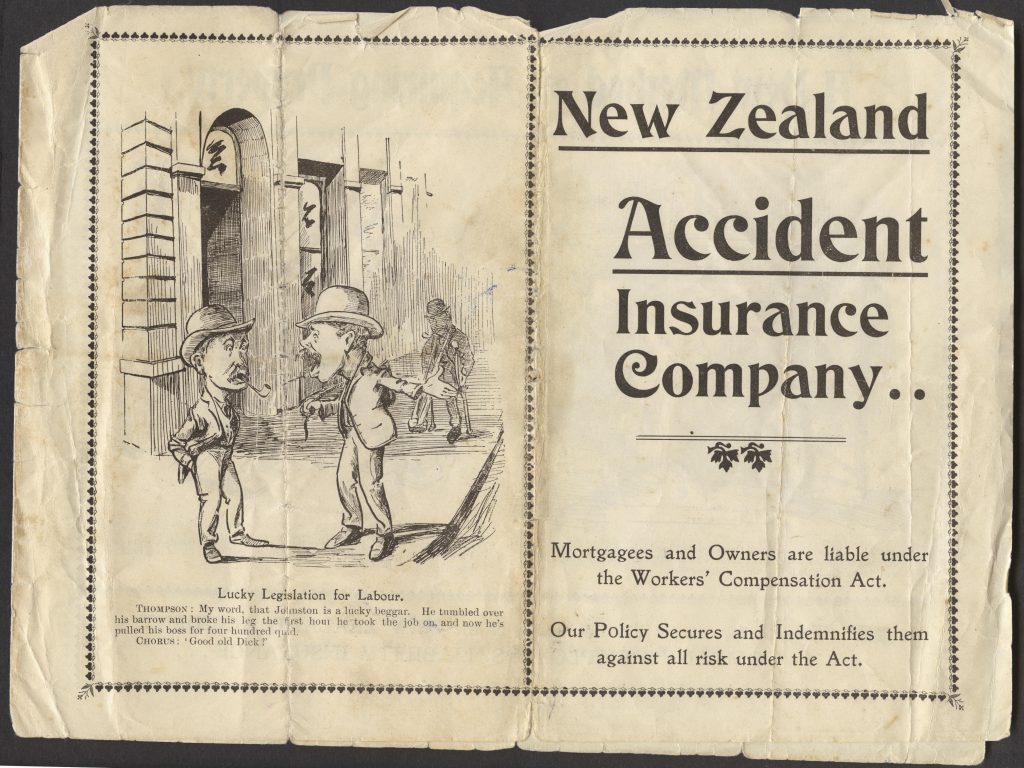 Vicarious liability in the context of work-related accidents is a complex legal issue that necessitates careful analysis of the state’s code. The case of Sarah Barber serves as a compelling example of the potential consequences when a government employee causes an accident while performing their job duties. Understanding the nuances of vicarious liability and the specific provisions governing such cases is essential to determine the employer’s liability for the actions of their employees.
Vicarious liability in the context of work-related accidents is a complex legal issue that necessitates careful analysis of the state’s code. The case of Sarah Barber serves as a compelling example of the potential consequences when a government employee causes an accident while performing their job duties. Understanding the nuances of vicarious liability and the specific provisions governing such cases is essential to determine the employer’s liability for the actions of their employees.
Sarah Barber (Barber) was driving her car with passengers on Highway 107 in Pineville, Louisiana, when her car collided with Larry Jeane (Jeane), heading northbound on the highway. The collision occurred when Jeane’s car crossed the median and hit Barber’s vehicle. Mr. Jeane succumbed to injuries, while Barber’s passengers sustained severe injuries. The passengers in Barber’s vehicle filed a lawsuit against the City of Pineville, its insurer, and several other defendants.
The primary issue discussed in this case was whether the State was vicariously liable for the accident caused by Jeane because he was on the job as a state Marshal when the accident happened. The Plaintiffs claimed the state was vicariously liable for Jeane’s actions since Jeane’s job is directed by the State Legislature. For the passengers to be successful in their vicarious liability claim, they needed to show the state was responsible for the Marshal’s actions under La. C. C. art. 2320 and La. R.S. 42:1441.4.
Under La. C. C. art. 2320, “Employers are liable for the harm caused by their employees in the exercise of their job descriptions.” La R. S. 42:1441 provides: “The state of Louisiana shall not be liable for any harm caused by its’ official listed in the article or public officers of a political subdivision within the course and scope of his official duties, or harm caused their employees of a political subdivision.” (La. C. C. art. 2320).
The legislature found the intent of the La. C. C. art. 2320 and other laws imposing liability on a master-and-servant relationship can be implied in the traditional view of the relationships between governmental bodies and their respective officers and employees.
In Martinez v. Reynolds, the court held that the state was not vicariously liable for a tort committed by a parish constable during the course and scope of his employment. In Morgan v. Laurent, the Fifth Circuit Court of Appeals found the State was not held liable for an accident caused by its law clerk. The court based its reasoning on the fact that a law clerk was not one of the names listed in the statute; therefore, vicarious liability was not extended under La. R.S. 13:5108.1(E).
While La. R.S. 42:1441(A) lists a public officer of a political subdivision as a covered party, it does not specifically list a marshal as one of the government employees. Thus, a marshal is not a covered individual for indemnification purposes. Jeane’s actions are his own, and the state is not responsible.
The appeal court upheld the decision to grant summary judgment in favor of the State of Louisiana, which determined the state was not liable for Mr. Jeane’s accident. The court’s ruling highlights the significance of clarifying the scope of vicarious liability for government employees. While employers are generally held liable for the actions of their employees, specific statutes and regulations dictate the extent of this liability. Seeking guidance from experienced legal professionals is crucial when navigating complex claims. By understanding the intricacies of vicarious liability, individuals can maximize their chances of success in seeking the compensation they deserve.
Additional Sources: Sarah Barber, et al. versus Louisiana Municipal Management Agency
Written by Berniard Law Firm Blog Writer: Needum Lekia
Other Berniard Law Firm Articles on vicarious liability: Court of Appeal Contemplates City of Baton Rouge’s Vicarious Liability for Police Misconduct Legal Boundaries and the Scope of Employment: Vicarious Liability Challenges in Car Wreck Cases
 Louisiana Personal Injury Lawyer Blog
Louisiana Personal Injury Lawyer Blog

